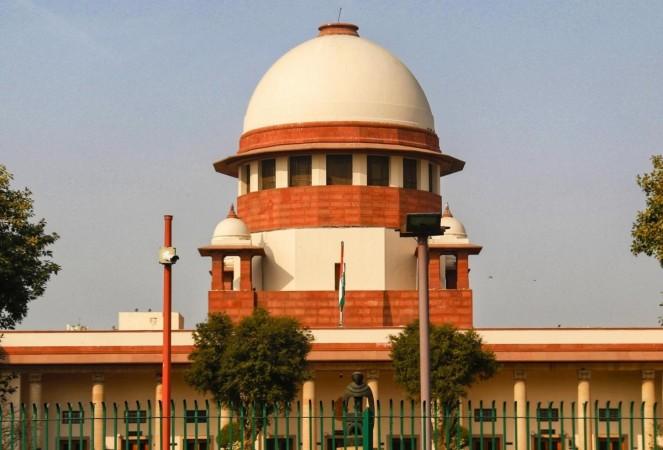
The Indian judiciary has taken a significant leap towards technological integration, with over 42,500 Supreme Court judgments now translated into regional languages using Artificial Intelligence (AI). As of now, 36,324 verdicts have been translated into Hindi and 42,765 judgments have been translated into 17 regional languages. These translations are now accessible on the e-SCR portal, as informed to the Parliament.
The Minister of State (Independent Charge) of Law and Justice, Arjun Ram Meghwal, in a written reply in Lok Sabha, stated that AI Translation Committees of the High Courts are overseeing the entire translation process. This initiative is a part of the broader AI initiative in legal research and translation. AI is being utilized in various areas such as translation, prediction and forecast, improving administrative efficiency, Natural Language Processing (NLP), automated filing, intelligent scheduling, enhancing the case information system, and communicating with litigants through chatbots.
Under the e-Courts Project Phase III, efforts are being made to integrate modern technologies for a smoother user experience and to build a smart system. This system aims to minimize data entry and scrutiny of files in registries.
To create this smart system, the latest technologies like AI and its subsets Machine Learning (ML), Optical Character Recognition (OCR), Natural Language Processing (NLP) are being used in the e-Courts software applications. As of now, 17 High Courts have already started placing e-High Court Reports (e-HCR) or e-Indian Law Reports (e-ILR) on their websites. These digital legal platforms provide online access to judgments in vernacular languages, making the law more accessible to the common man.

Addressing concerns regarding data privacy in relation to AI usage, MoS Meghwal stated that a sub-committee consisting of six judges from various High Courts, assisted by technical working group members consisting of domain experts, has been constituted. This committee, under the Chairperson of the eCommittee of the Supreme Court, is tasked with recommending secure connectivity and authentication mechanisms for data protection, to preserve the right to privacy.
The sub-committee is mandated to critically assess and examine the digital infrastructure, network, and service delivery solutions created under the eCourts project. Their goal is to provide solutions for strengthening data security and protecting the privacy of citizens.
In the daily functioning of the courts, technology is being used to enter the daily proceeding of each case in the Case Information System (CIS). The litigant is made aware of the same from the eCourts service platforms like website and Mobile Applications. Additionally, there are model rules in place for live-streaming and recording of court proceedings.
The Supreme Court has not been sanctioned a separate fund for such translation projects, leaving the source of these payments unspecified. To illustrate the relevance of the remuneration amount, consider a court official vetting an AI translation of the Puttaswamy judgment on the Right to Privacy. Since the judgment is 567 pages long, the official would receive Rs 56,700 for the vetting process.
Commenting on this parliamentary response, Ajay Kumar, Partner at Triumvir Law, touched upon two broad themes. He said that AI models may make mistakes on two counts: one, judgments contain a lot of contexts, which the AI model may not necessarily catch appropriately due to lack of such training data. Second, judgments also contain observations that are based on cultural knowledge, which again AI models may not be aware of.

















